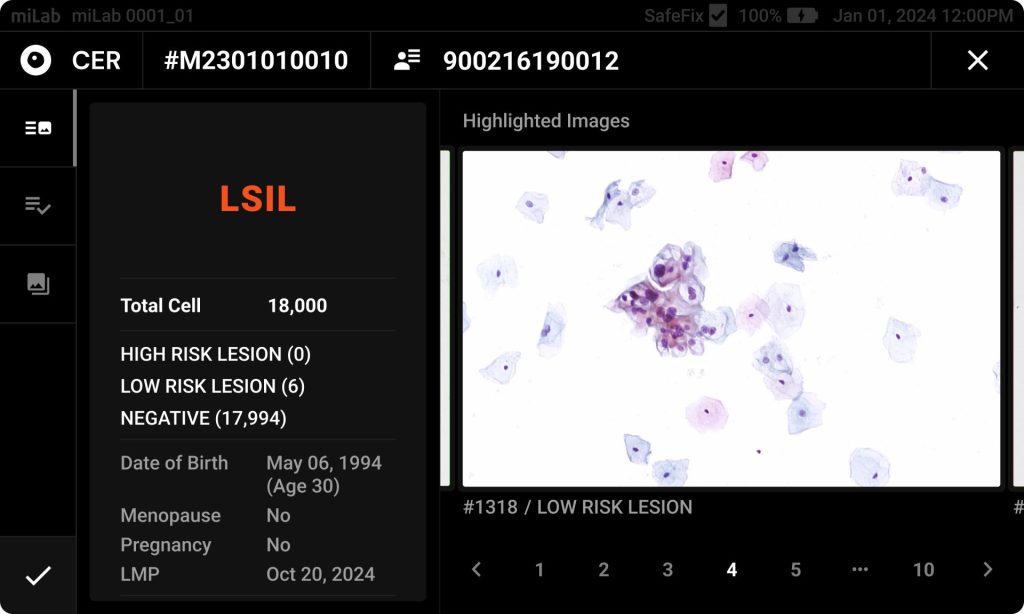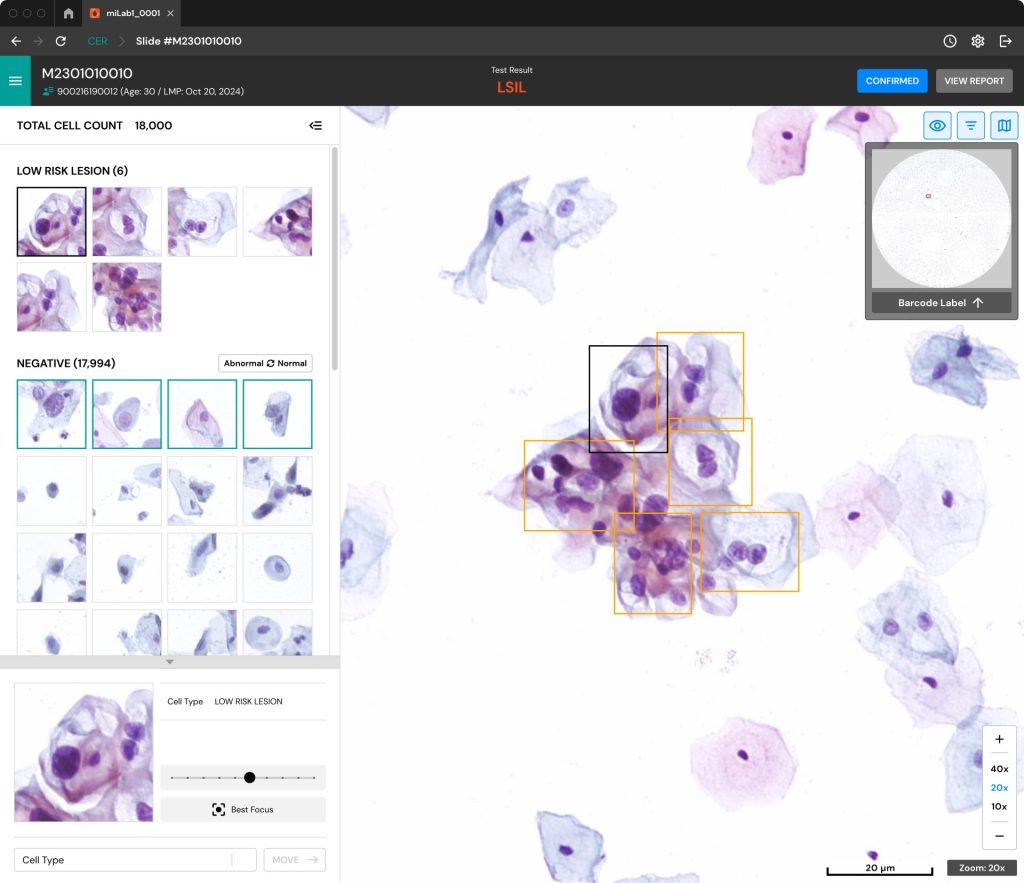Introduction

Source: Shutterstock
Pap smears are indispensable in the early detection of cervical cancer since they allow healthcare providers to spot anomalies long before they pose serious health risks. However, the results can sometimes be confusing. Terms such as friable cervix, glandular cells, and reactive cellular changes may cause undue concern for many patients.
It’s vital to remember that a normal Pap with inflammation results or the discovery of reactive endocervical cells commonly points to benign causes. In fact, more than 70% of abnormal Pap smear findings arise from non-cancerous sources, including infections, inflammations, or even hormonal shifts.
Understanding these terms minimizes anxiety in patients and helps them make informed healthcare decisions. In this article, we will cover major aspects of Pap smear terminology so you can better interpret results that involve a friable cervix, glandular cells, and other related findings.
Friable Cervix, Glandular Cells, and Inflammatory Changes

Source: NOUL
Friable Cervix
A friable cervix is a one that bleeds easily on contact. It may seem alarming. However, it may be the result of benign conditions, such as infections, hormonal fluctuations (e.g., during pregnancy), and general inflammation.
In some instances, a friable cervix can be an early warning sign of precancerous changes, especially if it’s accompanied by other troubling symptoms. The timing of the exam, particularly during certain phases of the menstrual cycle, can also influence cervical sensitivity and appearance. Therefore, if a friable cervix appears along with suspicious Pap smear results, we may recommend investigations such as colposcopy.
Glandular Cells
Glandular cells produce mucus in the cervical canal (endocervix) and uterus. It is relatively common for Pap test outcomes to indicate the presence of glandular cells (noted as “endocervical cells present”). However, atypical glandular cells (AGC) are found in fewer than 0.5% of cases and can raise concerns about possible precancerous or cancerous changes.
Women over 35 who have AGC on their Pap smears undergo further testing, such as HPV testing, biopsy, and endometrial sampling for thorough investigation. For clinicians, interpreting these findings often involves correlating lab reports with patient history and any presenting symptoms.
Reactive Cellular Changes & Inflammation
Terms such as reactive endocervical cells describe how cervical cells respond to irritants, infections, and recent gynecological procedures (e.g., Pap smears). These changes do not indicate malignancy. They can coincide with mild HPV infections, yeast or bacterial imbalances, and even something as routine as the presence of an IUD. Factors such as age, reproductive history, and contraceptive use can all play roles in how cervical cells respond to external stimuli.
Many Pap smears show a normal Pap result with inflammation, but no abnormal cells. This inflammation stems from common infections or minor hormonal variations and seldom signals cancer. With that said, persistent inflammation that reappears in subsequent tests can warrant further evaluation to rule out any underlying issues.
This table summarizes common Pap smear terms and what they mean:
Challenges in Accessing Regular Screening

Source: Flickr
In many parts of the world, it may be challenging to get regular cervical screenings. Low-resource settings commonly face obstacles such as inadequate healthcare infrastructure, high costs, and a shortage of trained professionals who can analyze Pap smear results. As a result, many women lack access to timely Pap tests and follow-up treatments, and screening techniques that facilitate early detection are entirely lacking in some areas.
Traditional Pap smear procedures are often time-consuming and rely heavily on expert knowledge, requiring more than 20 manual steps and multiple chemical reagents. This complexity can result in inconsistent or delayed results, particularly in environments with limited trained personnel and lab infrastructure. miLab™ CER eliminates barriers by automating the process and providing fast, reliable diagnostics even in resource-constrained settings.
As cited by the World Health Organization (WHO), cervical cancer is still a leading cause of cancer deaths in low- and middle-income countries. This information sheds some light on the urgent need for accessible and simplified screening tools that deliver rapid and accurate results in various clinical environments. To bridge this gap, scalable and streamlined diagnostic tools are urgently required—technologies that can provide speed, accuracy, and affordability in constrained clinical settings.
Conclusion

Source: NOUL
Understanding the meaning behind these commonly used Pap smear terms can significantly reduce anxiety. A better understanding of routine cervical health can reduce unnecessary medical visits and empower more effective care pathways.
With miLab™ CER, healthcare facilities receive same-day results through on-device AI, which eliminates the long wait times that exacerbate patient stress. Clinicians can treat infections or proceed with follow-up interventions immediately, which is invaluable in high-resource clinics and settings with limited medical infrastructure.
The platform automates every step of the Pap smear workflow, including staining, imaging, and AI-driven analysis—without requiring additional lab infrastructure. By reducing the traditional 20-step staining process to just five, miLab™ CER dramatically streamlines diagnostics and enables hour-level turnaround at the point of care.
As screening technologies continue to evolve, innovations like miLab™ CER will play a central role in redefining cervical health diagnostics around the world. If you want to incorporate AI-powered cervical screening into your practice, contact NOUL today and discover how miLab™ CER transforms women’s health diagnostics.

